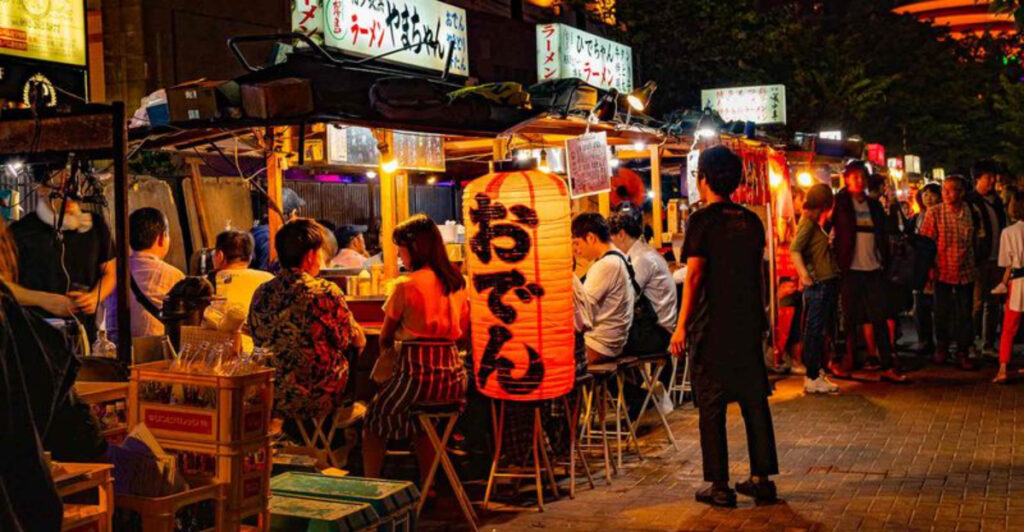Food lovers around the world are discovering what many already know: Japan’s food scene is absolutely incredible. From tiny street stalls serving perfect ramen to high-end restaurants earning Michelin stars, Japanese cuisine offers something truly special.
While American food culture focuses on big portions and convenience, Japan takes a completely different approach that’s winning hearts and stomachs everywhere.
1. Healthy Cooking Methods Rule Everything
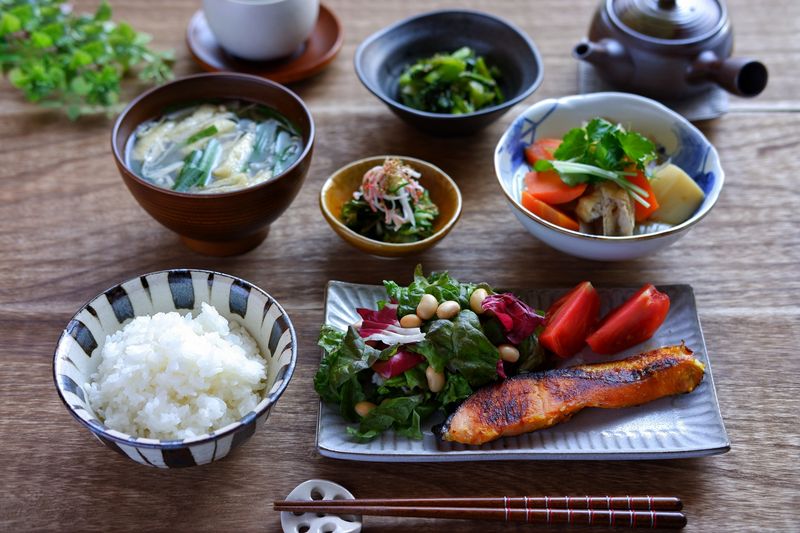
Japanese chefs master the art of making food taste amazing without drowning it in oil or butter. They use techniques like steaming, poaching, and making flavorful broths that bring out natural tastes.
Most Japanese meals include several small dishes instead of one huge plate. This approach helps people eat just the right amount while enjoying more variety.
Fermented foods like miso soup and pickled vegetables appear at almost every meal, giving people healthy bacteria for better digestion. Fish and fresh vegetables take center stage, while red meat plays a smaller role than in typical American diets.
2. Umami Makes Everything Taste Better
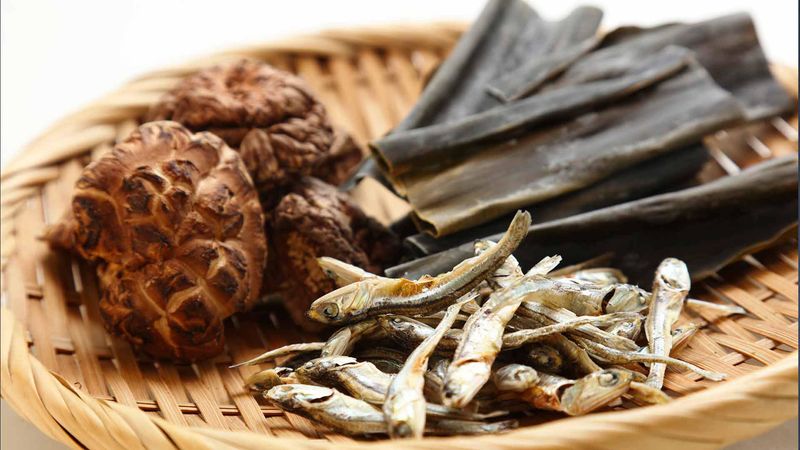
Japanese cooks discovered the secret fifth taste called umami, which makes food incredibly satisfying. This savory flavor comes from ingredients like seaweed, mushrooms, and aged fish.
Chefs in Japan follow the seasons closely, using ingredients when they taste their absolute best. Spring brings fresh bamboo shoots, summer offers perfect tomatoes, and fall delivers sweet persimmons.
Simple preparation methods let the natural flavors shine through. Instead of covering food with heavy sauces, Japanese cooking celebrates what each ingredient brings to the table naturally.
3. UNESCO Recognizes Japanese Food Culture

In 2013, the United Nations officially recognized washoku (traditional Japanese cuisine) as an important cultural treasure. This honor puts Japanese food in the same category as ancient monuments and traditional crafts.
The Japanese government actively promotes their food culture around the world through special programs. They help Japanese restaurants open in other countries and teach people about authentic cooking methods.
This official recognition shows that Japanese cuisine isn’t just about taste – it represents centuries of wisdom about nutrition, presentation, and respect for nature’s gifts.
4. Tokyo Has More Michelin Stars Than Paris
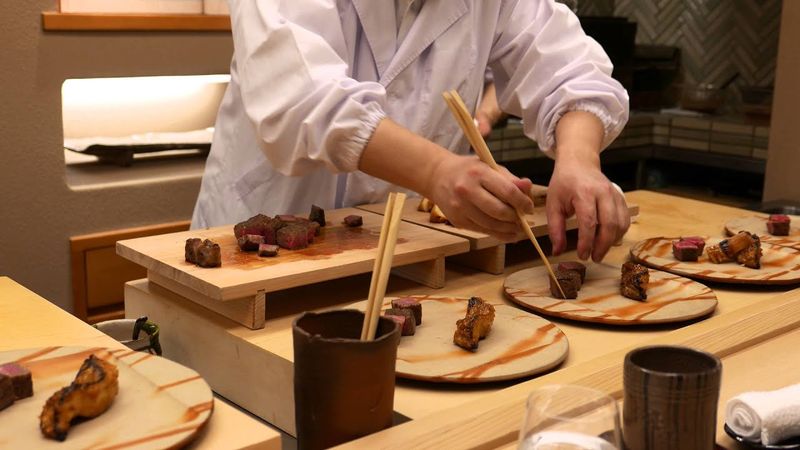
Tokyo restaurants have earned more Michelin stars than any other city in the world, even beating famous food capitals like Paris. This achievement proves that Japanese chefs create world-class dining experiences.
Modern Japanese chefs like Seiji Yamamoto blend ancient cooking traditions with cutting-edge techniques. They create dishes that surprise and delight food critics from around the globe.
These award-winning restaurants don’t just serve great food – they create complete experiences that engage all the senses. Every detail, from the plate design to the room temperature, gets careful attention.
5. Every Region Offers Unique Specialties
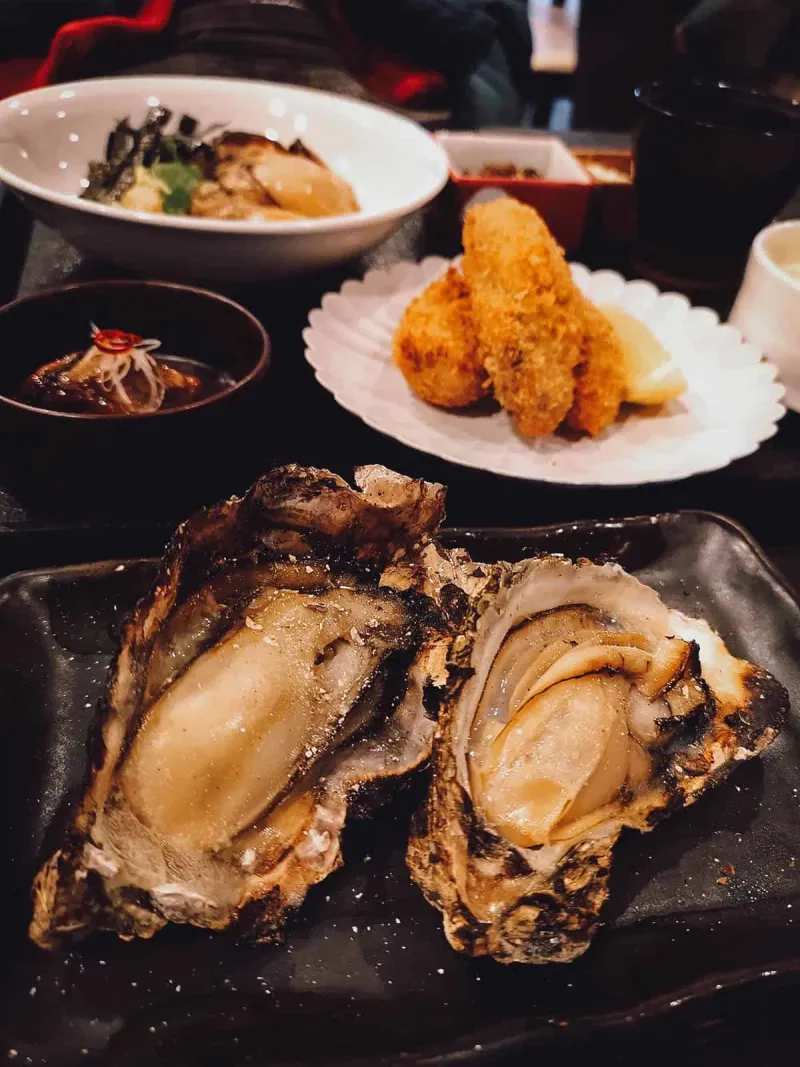
Each area of Japan creates its own special dishes using local ingredients and traditions. Hiroshima is famous for incredibly fresh oysters, while Shikoku island makes the best udon noodles.
Food lovers can travel across Japan and discover completely different flavors in each prefecture. Hokkaido offers amazing seafood and dairy products, while Okinawa serves tropical fruits and unique pork dishes.
This incredible variety means that even Japanese people keep finding new foods to try in their own country. Regional pride in local specialties keeps these food traditions alive and exciting.
6. Street Food Culture Brings Communities Together
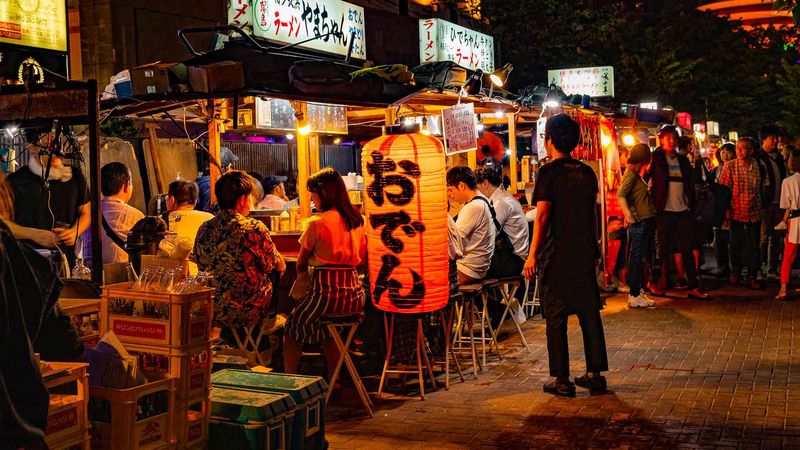
Japanese cities come alive at night with yatai – small food stalls that serve incredible meals on busy street corners. These mobile restaurants have been feeding hungry people for generations.
Fukuoka city is especially famous for its street food scene, where you can grab amazing tonkotsu ramen, crispy gyoza, or fried noodles. Many stalls are family businesses passed down through multiple generations.
Eating at these stalls creates a social experience where strangers sit side by side, sharing stories while enjoying hot, freshly made food. This community feeling makes street food special beyond just the taste.
7. Japanese Fusion Done Right Goes Global
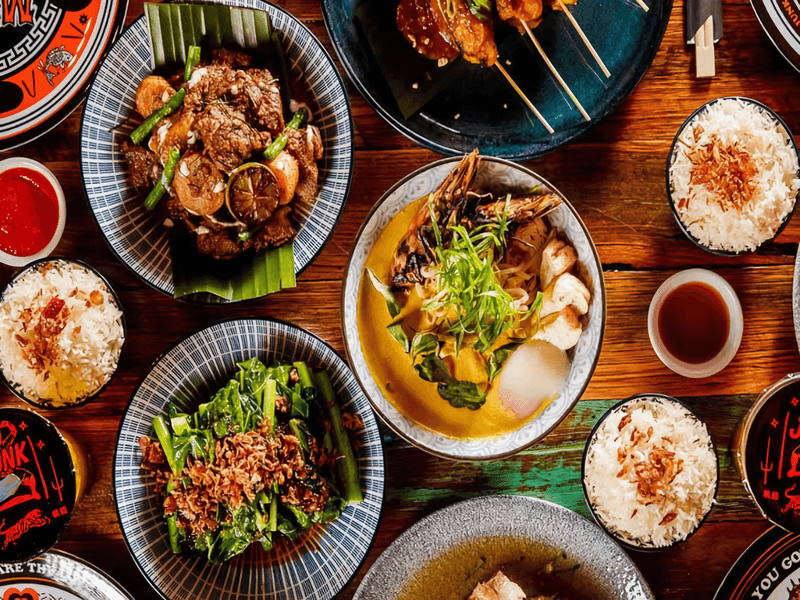
Creative chefs worldwide are learning to blend Japanese flavors with their local cuisines in exciting ways. Ramen tacos, miso-glazed vegetables, and sushi burritos show how adaptable Japanese techniques can be.
These fusion experiments work because Japanese cooking principles focus on balance and quality ingredients. Whether it’s adding umami to French sauces or using Japanese knife skills for Italian dishes, the results taste amazing.
Plant-based versions of traditional Japanese dishes are becoming popular too, proving that these cooking methods work with all kinds of ingredients. Innovation keeps Japanese cuisine fresh and relevant for modern diners.
8. Dining Rituals Create Meaningful Experiences
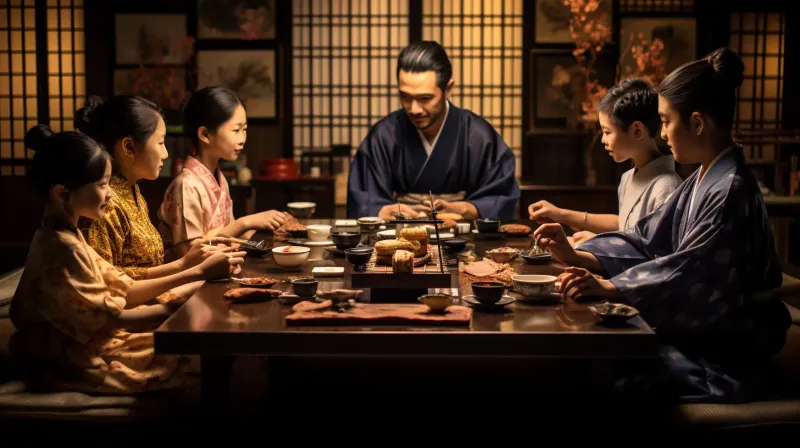
Japanese meals begin with “itadakimasu,” a phrase that shows gratitude for the food and everyone who helped create it. This simple ritual makes eating feel more special and mindful.
Proper Japanese dining etiquette encourages people to finish one dish completely before moving to the next. This approach helps diners really taste and appreciate each flavor instead of rushing through the meal.
The careful pacing and attention to manners creates a peaceful, almost meditative dining experience. This contrasts sharply with the hurried, multitasking approach that many Americans take toward eating meals.
9. Food Diplomacy Spreads Japanese Culture
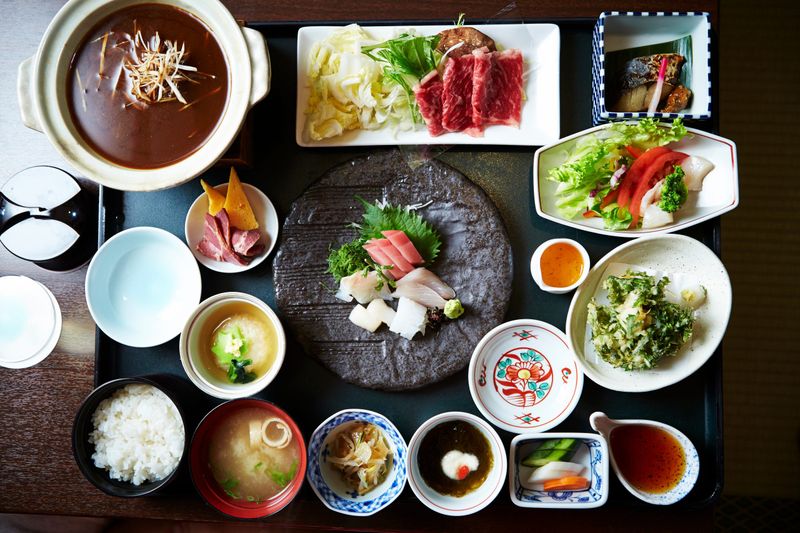
The Japanese government uses food as a powerful tool to share their culture with the world. Special programs help authentic Japanese restaurants open in foreign countries and train chefs in traditional techniques.
Nearly 200,000 Japanese restaurants now operate outside of Japan, triple the number from just ten years ago. This rapid growth shows how much people around the world love authentic Japanese flavors.
These restaurants don’t just serve food – they introduce people to Japanese values like respect for ingredients, attention to detail, and harmony with nature. Food becomes a bridge between cultures that helps people understand each other better.
10. School Lunch Programs Teach Healthy Habits
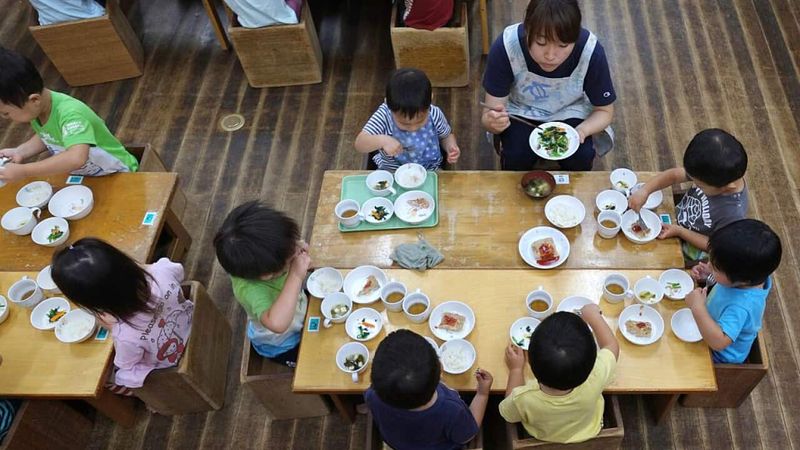
Japanese schools serve freshly prepared meals made from scratch every single day, with no processed foods or pre-packaged items. Students learn to appreciate real, wholesome ingredients from an early age.
Strict portion control and balanced nutrition guidelines ensure that children get exactly what they need to grow strong and healthy. These school meals often include vegetables, rice, soup, and a small protein portion.
Students even help serve and clean up after meals, learning responsibility and respect for food. This system creates lifelong healthy eating habits that contribute to Japan’s incredibly low childhood obesity rates compared to other developed countries.

